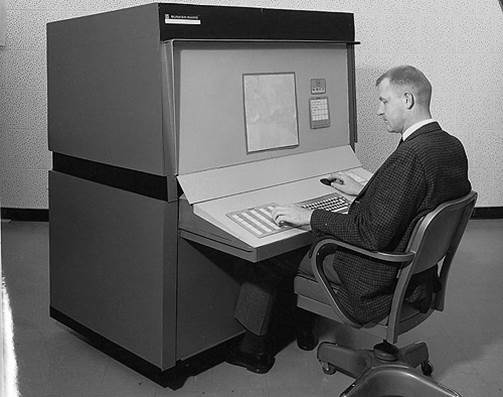 There's many a council web site which could do with an overhaul. Especially when a new study by O2 suggests that 43 per cent of residents are frustrated that they can't access local government sites on their mobile or tablet. But fixing them can be easier said than done.
There's many a council web site which could do with an overhaul. Especially when a new study by O2 suggests that 43 per cent of residents are frustrated that they can't access local government sites on their mobile or tablet. But fixing them can be easier said than done.
The development of a website takes a while. So while the people at gov.uk were busy creating their new vision of what a website should be like, we were also having very similar thoughts.
Our existing Copeland Borough website was a mess – it had snowballed in volume and the search and navigation tools left much to be desired. It was time for a rethink. We needed to start from scratch and develop something modern, fresh and user-friendly.
The plan was to design the new website in-house using the skills of one of our IT staff and he suggested we used Drupal – an open source option that wouldn’t cost anything other than his time and effort.
As project manager I was keen that we didn’t just copy and paste pages of poor content, so we embarked on a policy of rewriting pages and undertaking peer review. We ran workshops on how to write for the web and trained authors to embrace a customer-focused approach – writing about what the customer needed to know, rather than what the council had to say.
Following the advice of Carl Haggerty and Gerry McGovern amongst others, we also ensured we based our decisions on evidence. We looked at data from our call centre and CRM to see what people wanted to know and tailored our content and top tasks accordingly.
We also sought customer input at each stage of the process. We had an initial questionnaire – both on line and hard copies and a beta site where we shared progress as we went along. Later we had customer user testing sessions which gave us valuable feedback on the look and feel of the site and how easy people found it to use.
Our customer survey told us what customers wanted to see on our website and we have been able to meet their needs. We have also tried to go further and have introduced new features such as a glossary and interactive FAQ feature where customers can suggest questions they would like to see answered on the website.
From a channel shift point of view it is important that customers can transact with us on-line. We currently have a limited number of e-forms linked to our CRM system and this is an area for further development.
The result of our endeavours is a modern-looking, colourful and user-friendly website. Visitor numbers have soared – 10,000 unique visitors in the first month – and we have received excellent customer feedback.
We also think it reflects the best of gov.uk
We would love to know what you think and hear any suggestions for further improving the functionality of the site, please visit www.copeland.gov.uk/new-website
Joanne Parker is Web and E-Communications Officer at Copeland Borough Council
Image via Flickr Creative Commons
